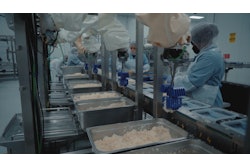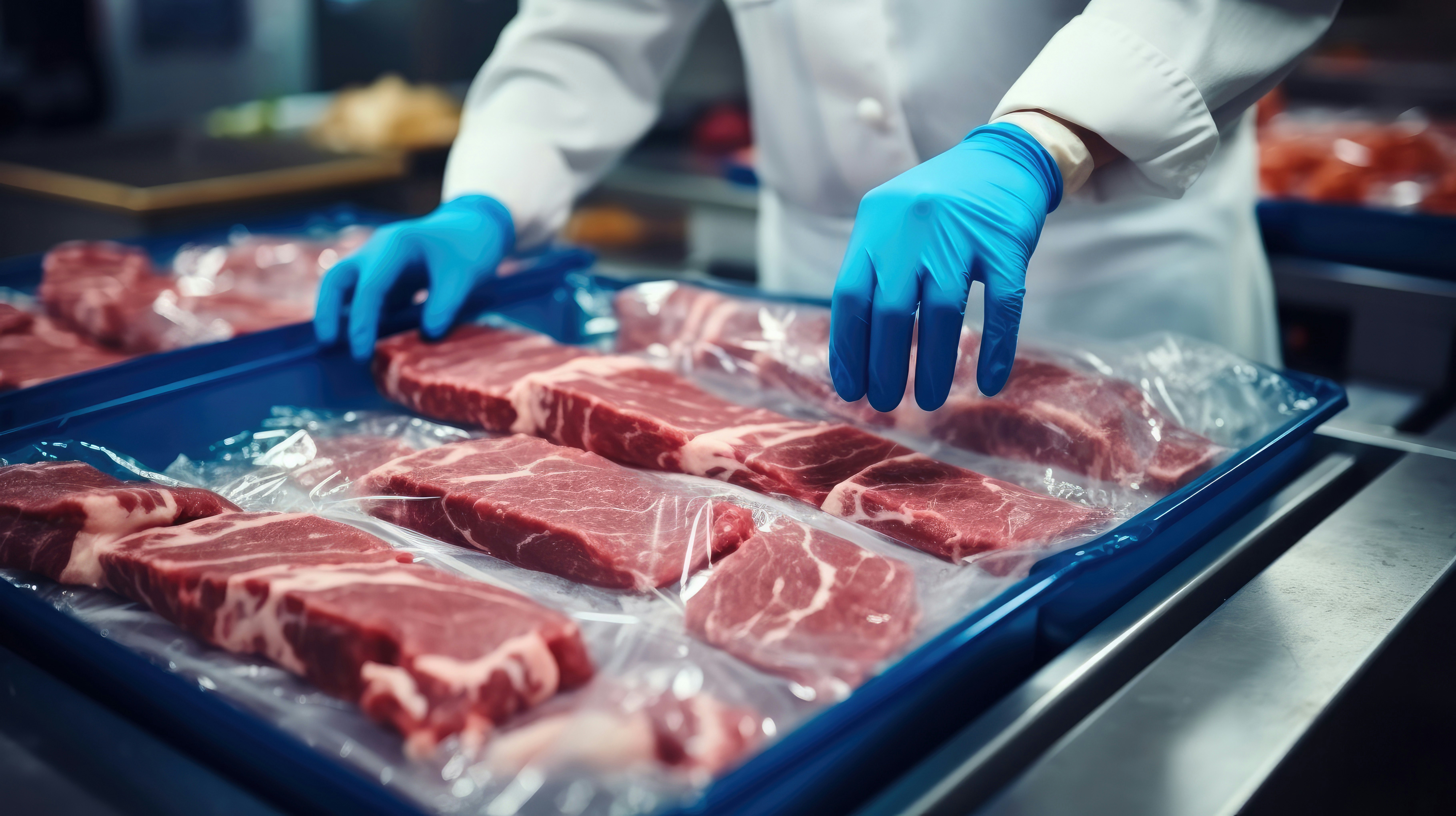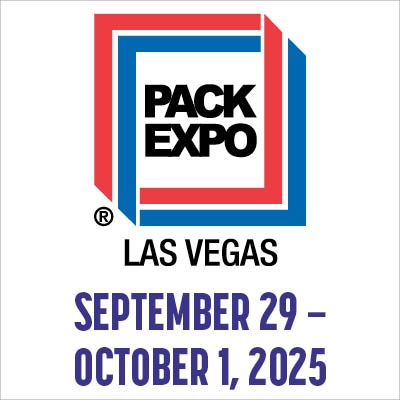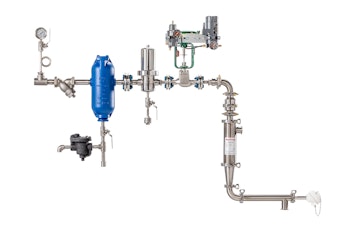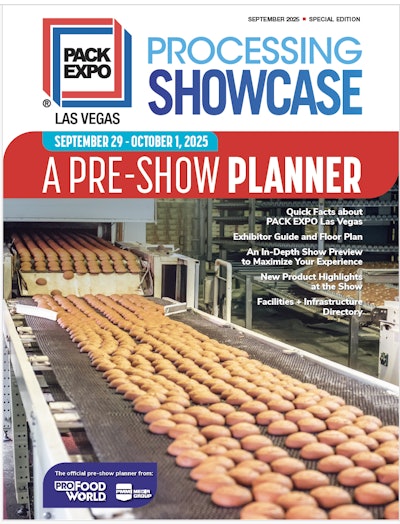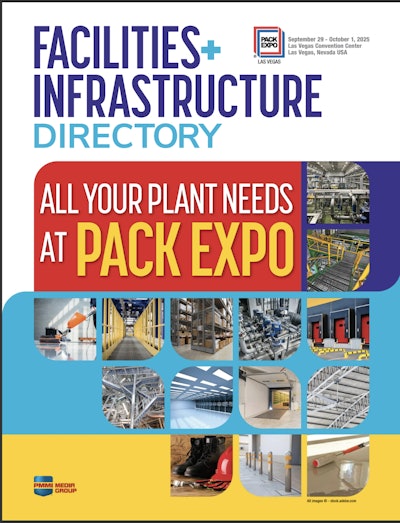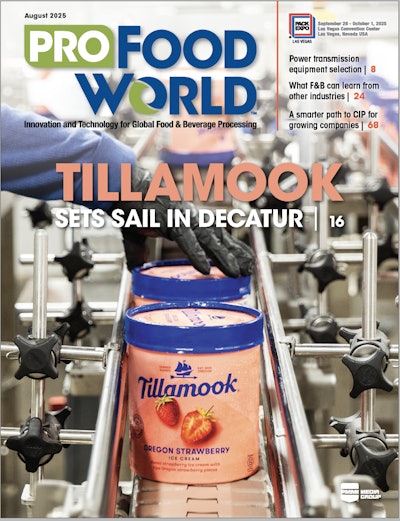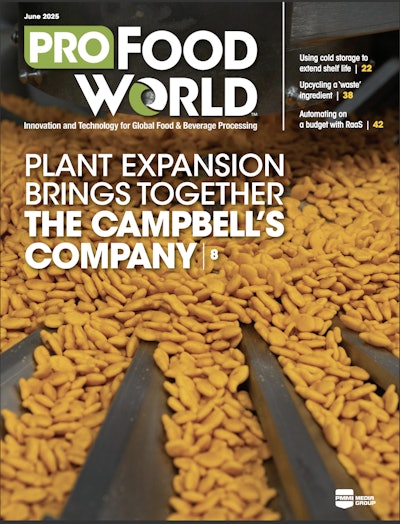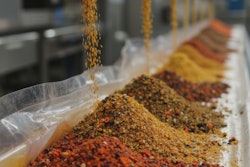The materials that contact food might get into food in tiny amounts, so the law requires that food contact polymers, paperboard, aluminum, glass, inks, coatings, adjuvants, adhesives, colorants, and other components all need to have some legal status if they might get into the food they package, or in legal parlance, if they are reasonably expected to become components of the food.
FDA has a complex and elaborate legal and regulatory framework in place for the regulation of food packaging substances. Late last year, FDA announced a change in their recommendations for parts of the program. For those of us who work closely in this arena, this is a big event.
But first, some context. In a nutshell, the realm of U.S. regulation of food contact materials concerns itself with the safety of potential exposures to food contact materials by determining how much of the material, if any, is reasonably expected to get into the daily diet of consumers, and then with whether that exposure level is safe. This commonly involves mathematical modeling, or laboratory testing that simulates the specific end use conditions and types of food involved in a proposed new use of a food contact substance.
The law requires that food makers assure that any food contact material that is reasonably expected to become a component of the food, and is thus a “food additive” under the law, be safe and not adulterate that food. FDA and industry have, over recent decades, developed a series of important conventional practices and formulas to standardize these scientific evaluations. Depending on the circumstances, these evaluations might be used to support a Food Contact Notification, Food Additive Petition, or Threshold of Regulation submission to FDA, or an evaluation that establishes that a use is Generally Recognized As Safe and therefore does not need approval as a food additive.
FDA has worked up a series of guidance documents to help attorneys and scientists evaluate food packaging materials with recommendations on the administrative procedures involved, as well as the chemistry considerations, toxicology issues, and environmental evaluations. FDA also tweaks them now and then.
In December 2007, it tweaked the chemistry guidance document, formally called “Preparation of Premarket Submissions for Food Contact Substances: Chemistry Recommendations.” These are the first alterations since 2002.
Some of the changes reflect what has been FDA’s thinking for some time and merely formalize the recommendation by putting it into the document. But some changes were a bit of a surprise.
For example, FDA created new food use categories, “I” for irradiation uses and “J” for cooking at temperatures over 121°C (250°F). They had been listed for some time on the FDA’s web site, but now join the list in the guidance document, too. These refine the categories of end uses, which are relevant chiefly to the design of migration studies to simulate actual use.
There is also a section on microwave-only containers, which helps the document catch up with what has been an expanding use context. FDA makes clear that for some microwave uses, what companies had been doing will continue to be appropriate.
FDA made some adjustments to the “Consumption Factors” it advises be plugged into mathematical calculations of exposure. A consumption factor is a value for the percentage of the daily diet that is expected to come into contact with a specific food packaging material. The new guidance document adds a CF for “all polymers” of 0.8 (that’s 80% of the diet), changes the polystyrene CF to 0.14 from 0.1, and changes the one for retort pouches to 0.0004 from 0.05. It also offers several notes intended to clarify and explain the derivation of various CFs.
Early indications are that most of the edits are preceived as sensible. Consultant George D. Sadler, PhD, (who serves our firm as senior scientist), says of the newly revised Guidance Document, “In addition to supplementing existing guidance, the current version is clearer, better organized, and more richly documented than the previous version.”
Dr. Kristina Paquette, who until last year was a chemist within the FDA’s Office of Food Additive Safety, had a hand in developing some of the revisions in the document. She notes that many changes were based on FDA experience with inadequacies in Food Contact Notifications submitted to the FDA. For example, she explains, “Fewer and fewer sponsors were providing sufficient raw data for the OFAS review chemist to reconstruct and check the concentration calculations.” As a result, a new statement in the guidance document makes clear to submitters that they need to provide raw data, not just computer readouts, for example.
So, does it matter that some elements of this document were somewhat of a surprise to the regulated industry? To answer that, you need to contemplate the role of guidance documents from FDA. No, these documents are not mandatory, and you don’t need to follow what they advise in order to assure that your product complies with the regulations. So in that sense, they are not like regulations where the law requires FDA to give advance notice of their intention to make a requirement and give the public a chance to offer views for and against it.
On the other hand, in this realm of food contact materials, these guidance documents are exceedingly important, widely recognized among attorneys, scientists and consultants, and often used as sources of authority and reference in discussions among suppliers and their customers when issues of compliance are discussed. The addition of a detail to this Chemistry Guidance, even as a recommendation, is a pronouncement of great authority and influence.
For that reason, the industry prefers not to be surprised by changes. There could therefore be complaints about these changes, or companies will adjust to them. FDA should be credited with making an effort to adapt to changing technologies, even if they do so imperfectly.
And of course, hovering in the background of any discussion about Food Contact Notifications is the continuing threat to its very existence by potential elimination from the federal budget. Watch for industry to change its focus soon toward lobbying for a change in the law to make it that the specific earmarking of funding for the FCN program is not necessary. •
Eric can be reached at [email protected], and visit his firm’s Web site at www.ericfgreenbergpc.com.
Note: We are very fortunate to have Dr. Kristina Paquette’s expert insights into the new FDA Chemistry Guidance document revisions—some of which she had a hand in drafting while at FDA—though we couldn’t fit them all here. For Dr. Paquette’s complete, detailed review of the new guidance, go to packworld.com/view-24413.






